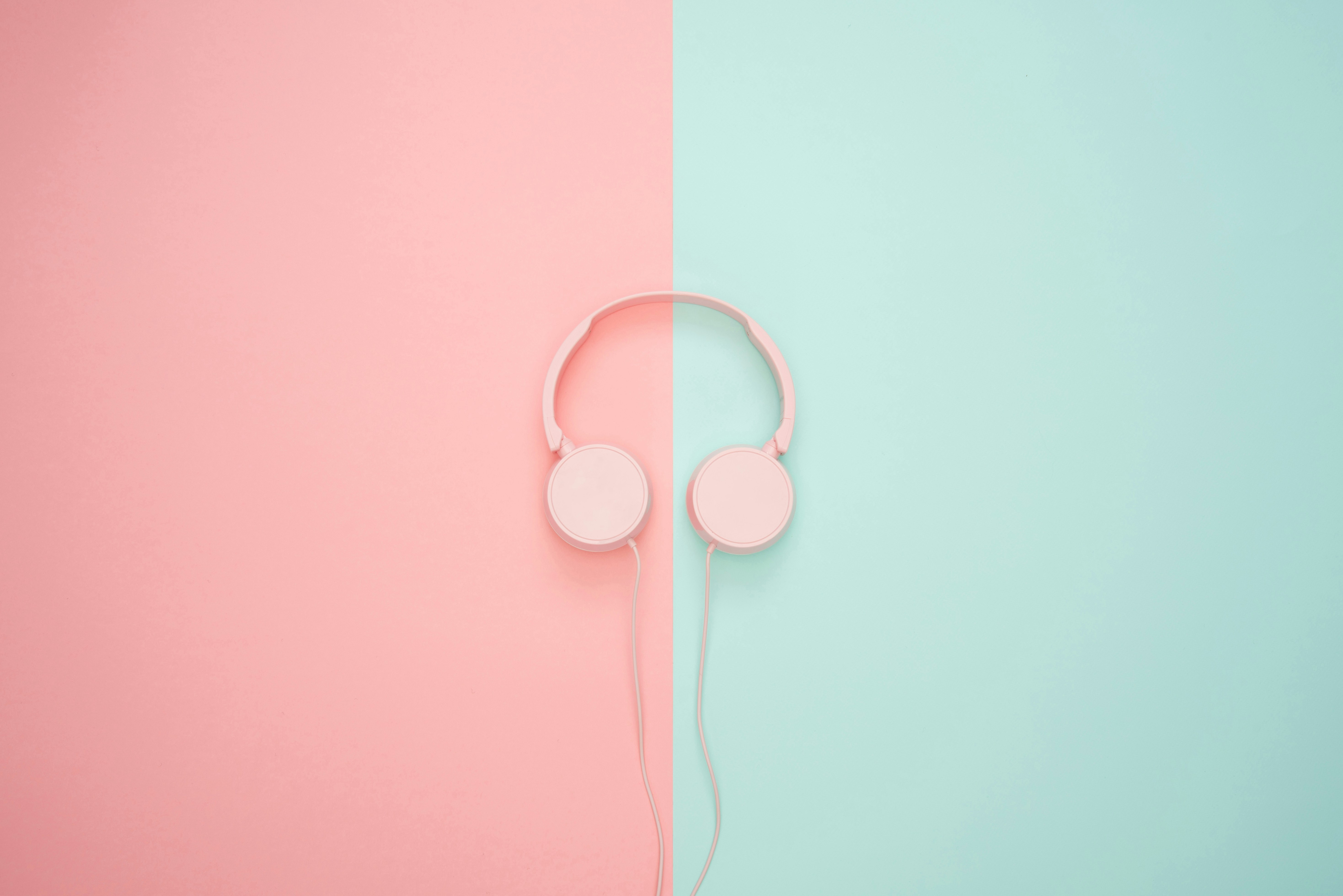The Future of Product Design: Trends to Watch in 2024
Top Product Design Trends to Watch in 2024 for Innovation, Usability, and User-Centered Solutions
Posted on
Jun 23, 2024
Posted at
Product Design
As technology advances and user expectations evolve, product design continues to undergo transformative shifts. In 2024, design is no longer just about aesthetics—it's about creating functional, inclusive, and emotionally intelligent experiences that resonate with people and respond to the dynamic digital landscape.
This article highlights the most important product design trends shaping 2024 and how forward-thinking designers can adapt.
1. AI-Powered Design Tools and Workflows
Artificial Intelligence is increasingly influencing how products are designed. From automated UI generation to predictive user behavior, AI is revolutionizing design processes.
Expect to see:
AI-assisted wireframing and prototyping
Smart design systems that auto-adapt to user data
Predictive UX patterns based on machine learning
Designers will shift from manual creators to curators—leveraging AI to scale, personalize, and innovate faster.
2. Hyper-Personalized User Experiences
Users no longer want generic interactions. In 2024, personalization will move beyond just using someone’s name—it will shape interfaces, flows, and content based on real-time user behavior.
Trends include:
Adaptive layouts based on usage patterns
Custom feature sets based on user segments
Dynamic onboarding tailored to individual needs
The more personalized the experience, the more meaningful it becomes.
3. Ethical and Sustainable Design
Users and companies alike are prioritizing values. Ethical and sustainable design is taking center stage in 2024.
Key considerations:
Dark pattern avoidance and transparency in interactions
Data privacy-first design, especially with increasing regulation
Eco-conscious digital products with lightweight, energy-efficient builds
Sustainable UX is not just a nice-to-have—it’s a competitive advantage and a moral imperative.
4. Motion Design and Microinteractions
In 2024, motion is no longer just decorative. It’s a vital tool for improving user understanding, guiding attention, and creating emotional connection.
Use motion to:
Provide real-time feedback
Smooth transitions between complex states
Humanize digital interfaces through microinteractions
Done right, animation enhances functionality and delight—without overwhelming users.
5. Cross-Platform Design Consistency
With users jumping between devices—from desktops and tablets to wearables and smart TVs—cross-platform consistency is critical.
Design systems in 2024 must:
Ensure seamless branding and interaction patterns across all touchpoints
Use responsive and adaptive design principles
Maintain core functionality and intent on every screen
A unified experience builds trust, familiarity, and fluid user journeys.
6. Voice and Conversational Interfaces
Voice is becoming a key interface element, not just in smart speakers but also in mobile apps, wearables, and web platforms.
Emerging trends:
Voice-enabled navigation in complex systems
Conversational UX through chatbots and AI assistants
Hybrid voice-visual interfaces for accessibility and multitasking
Designers must consider tone, flow, and clarity—not just visual elements.
7. Minimalism Meets Emotion
Clean, minimalist design is evolving to include more personality and emotion. The focus is now on functional simplicity with emotional resonance.
Expect to see:
Calming color palettes and soft UI elements
Whitespace used to reduce cognitive load
Friendly microcopy and expressive icons
The goal is simplicity without sterility—creating digital products that feel warm and human.
8. 3D and Spatial Design
With the rise of AR/VR and spatial computing, 3D design is moving into the mainstream.
In 2024, this means:
Interactive product previews in e-commerce
Spatial storytelling in education and branding
Immersive UI elements for wearables and mixed-reality environments
Designers will need to think in depth, movement, and physical context, not just flat screens.
9. Real-Time Collaboration and Co-Creation
The design process itself is evolving. Tools like Figma, Framer, and others have made real-time collaboration the norm.
Trends in process:
Live editing and stakeholder feedback
Shared design systems across global teams
User co-creation through feedback loops and open betas
Design in 2024 is more inclusive, distributed, and collaborative than ever.
10. UX Writing and Content-First Design
Words are design. In 2024, UX writing will play an even greater role in shaping user flows and experiences.
Content-first design means:
Writing guides the layout and navigation
Microcopy enhances clarity, trust, and engagement
Voice and tone are consistent across every interaction
Great design tells a story—and words are how that story gets told.
Conclusion
The future of product design in 2024 is driven by technology, empathy, and responsibility. Designers are no longer just crafting screens—they’re shaping ecosystems, building trust, and humanizing digital interactions.
By embracing these trends, product teams can build solutions that are not only innovative and inclusive but also truly impactful in the lives of users.



